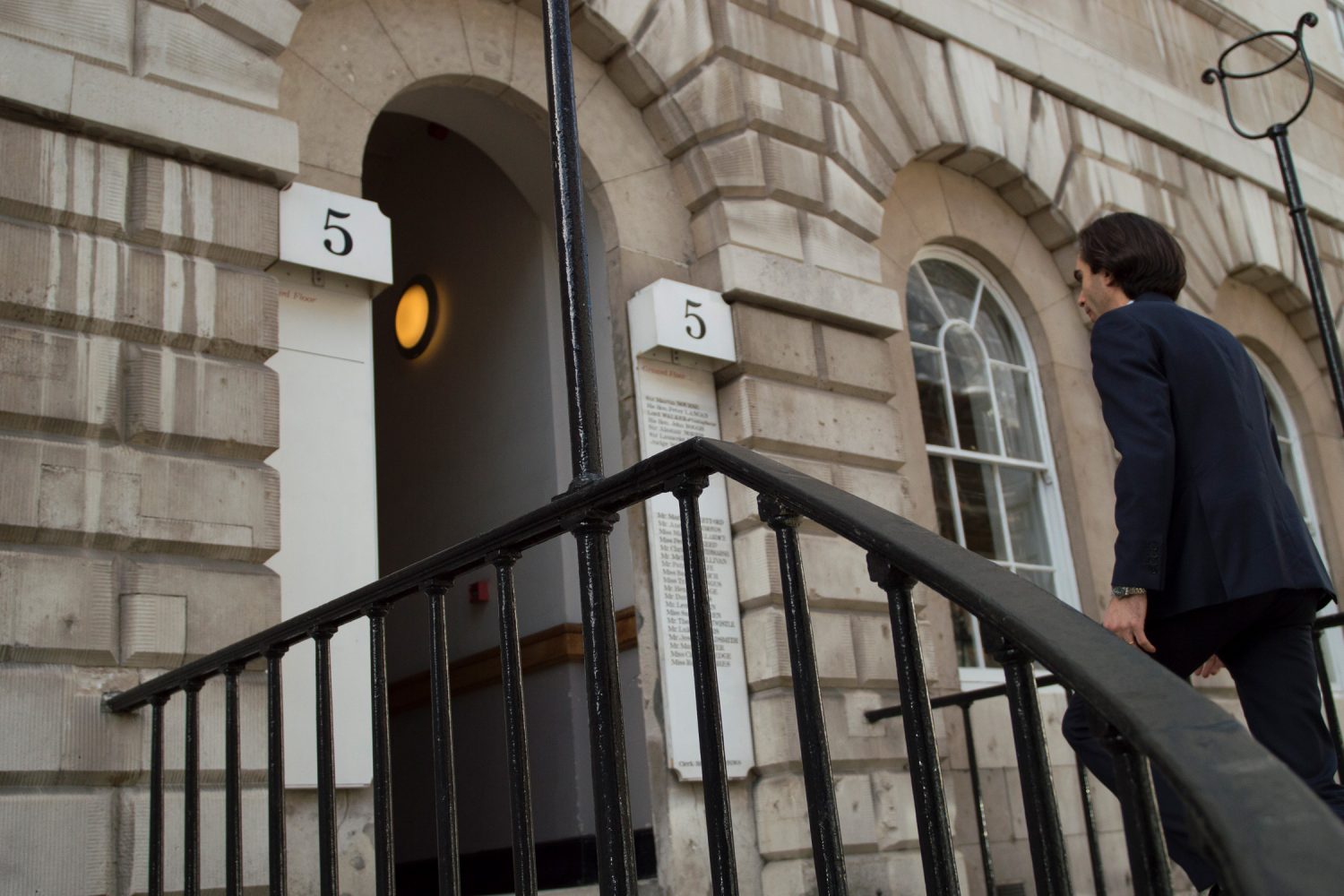William East successful in Sullivan v Sullivan
Master Marsh has handed down judgment in Sullivan v Sullivan [2025] EWHC 1072 (Ch).
The claim concerned a declaration of trust executed by Patrick Sullivan on 31 July 2009. Patrick’s widow and personal representative, Susan Sullivan, brought a claim to set aside the declaration of trust on grounds of mistake, under the principles set out in Pitt v Holt [2013] AC 108.
The declaration of trust was executed by Patrick in relation to 24 Stanley Road, Bromley, BR2 8JE. The property comprises a house, a maisonette and a yard and office. Patrick ran his roofing business from the yard.
The property was previously owned by Patrick and Priscilla Sullivan, who died in 2008. Patrick and Priscilla were married at the time of Priscilla’s death, although they had been separated since the 1970s. They had two children together, Stephen Sullivan and David Sullivan (the First and Second Defendants).
Patrick and Susan had two children together, Kerrie and Holly (the Third and Fourth Defendants).
On Priscilla’s death, her interest in the property passed to Patrick by way of survivorship. Patrick and Stephen were the administrators of Priscilla’s estate, and a dispute emerged between them. In particular, Stephen and David were unhappy that the property had passed to Patrick by way of survivorship, whilst Patrick was unhappy that Priscilla’s interest in another jointly owned property at 25 Napier Road, Bromley, had passed into Priscilla’s estate (rather than passing to him by way of survivorship).
Patrick discussed with Susan a way of placating Stephen and David but without making a gift of the property to them. They discussed the idea of Patrick providing a non-binding assurance to Stephen and David that he would in due course make provision for them from the property on his death.
Susan was working at the time as the Facilities Manager at a firm of solicitors (she had no legal training). She spoke to a colleague who worked in the property department about the idea of drafting a “Declaration of Intent”, and followed this up with an email requesting such a document.
In the event, the colleague produced, without providing any advice to Susan or Patrick, (a) a declaration of trust which would have the effect if executed of making an immediate binding gift of the property and (b) a draft will which included a gift of the property to the four children in equal shares.
The court held that Patrick executed the declaration of trust believing that the document was non-binding, rather than binding. He also did not appreciate that the declaration of trust had significant tax consequences. As a result, Patrick made a relevant mistake about the legal character of the document for the purposes of the Pitt v Holt test. Furthermore, the mistake was so serious it would be unjust for the trust to be left in place:
- The declaration of trust resulted in Patrick disposing of his asset of most significant value, worth around £1m at the time, when he had no intention to do so.
- Patrick and Susan were reliant on income from the property to fund their lifestyle;
- The trust would have significant consequences for Susan’s financial security after Patrick’s death, in that unless it was set aside, she would have no means of meeting her living costs.
- The declaration of trust had significant tax consequences.
Accordingly, the court set aside the declaration of trust.
William East acted for Susan, instructed by Cripps LLP.
You can read a copy of the judgment here.
